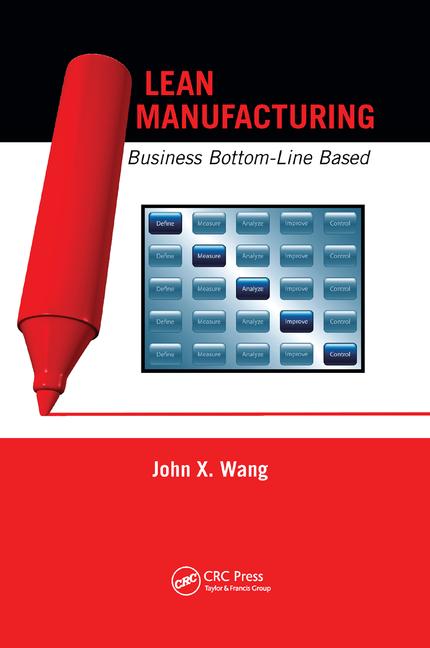Carnack the Magnificent-Johnny Carson's psychic persona on "The Tonight Show"-would pull an envelope from a jar, hold it to his forehead and answer the question sealed inside. Then he would open the envelope and read the question. Unfortunately, implementing lean is often done the same way-as a solution in searching for the right problem to solve. It was funny on "The Tonight Show"; it isn't funny when it leads your organization to failure.
The underlying problem is that we dramatically under appreciate the importance of deeply understanding our current reality. Whether changing a process or your entire business, it is not possible to overemphasize the importance of thoroughly understanding the current reality. Max DePree, former CEO of Herman Miller Inc. (Zeeland, Michigan), said "The first responsibility of a leader is to define current reality." We do not do well at defining the current reality. You've all heard examples of surveys, regardless of the topic, in which 90 percent of people believe they are above average. This highlights our lack of skill in defining current reality.
Because of this, the first answer to a problem is most often not the right one. If it were, then we'd get better results from our daily struggles to "put out fires" on the assembly line. That kind of "firefighting" typically starts when we are confronted with a "situation." We observe the "situation," categorize what we see and hear, sort through our enormous mental database of experience for the "best" solution, and implement that solution-typically within difficult time constraints. The problem is that the mental database solution is often wrong when compared to what we learn from deep observation of the problem.
Being a visionary is an important trait near the top of any leadership list. But vision has no value if you don't understand current reality. Imagine if your vision is to get home, but your current reality is that you don't know where you are. Once you understand where you are, plotting a course home is relatively easy. A vision by itself provides no clear direction and lasting excitement, no matter how compelling, if it isn't coupled with a clear, unambiguous understanding of current reality.
If you start making improvements without understanding the current reality, two things are bound to happen. First, you will repeat mistakes that you have already committed. This makes learning dreadfully expensive. Second, you will discard the good things you are already doing. If you don't understand what's working, and more importantly, why it's working, you are likely to slide backwards as you try to make improvements. I recently visited a company as it was celebrating an all-time record of daily production. When I asked if they were planning to determine why that day was so successful, silence fell over the room. Even if it was mostly luck, valuable lessons were there to be learned. Only by a deep understanding of current reality can you ensure that success builds on success, and failure is never repeated.
In 1982, the book In Search of Excellence popularized the concept of MBWA: Management by Wandering Around. The idea is simple: Get out and mingle. But collecting loose bits of information does not lead to the clear understanding that only comes from direct and deep observation and study. The concept of MBWA is not flawed, but it requires observation and analysis to make it effective.
Here's a quick test. Examine everything you do to understand the current reality. Include everything from conversations to site visits. What percent of your time is spent in deep observation? If it isn't at least 50 percent, then it is time to take a good hard look at observing yourself. Think about it; you aren't psychic like Carnack the Magnificent.
Jamie Flinchbaugh is a founder and partner of the Lean Learning Center in Novi, MI, and the co-author of The Hitchhiker's Guide to Lean: Lessons from the Road. He shares his successful and varied experiences of lean transformation as a practitioner and leader through companies such as Chrysler and DTE Energy. He also has a wide range of practical experience in industrial operations, including production, maintenance, material control, product development and manufacturing engineering. Jamie is a graduate fellow of the Leaders for Manufacturing Program at the Massachusetts Institute of Technology, where his research thesis was on implementing lean manufacturing through factory design. He also holds a B.S. in Engineering from Lehigh University in Bethlehem, PA, and an M.S. in Engineering from the University of Michigan. To contact Jamie directly, go to the web site www.leanlearningcenter.com.


